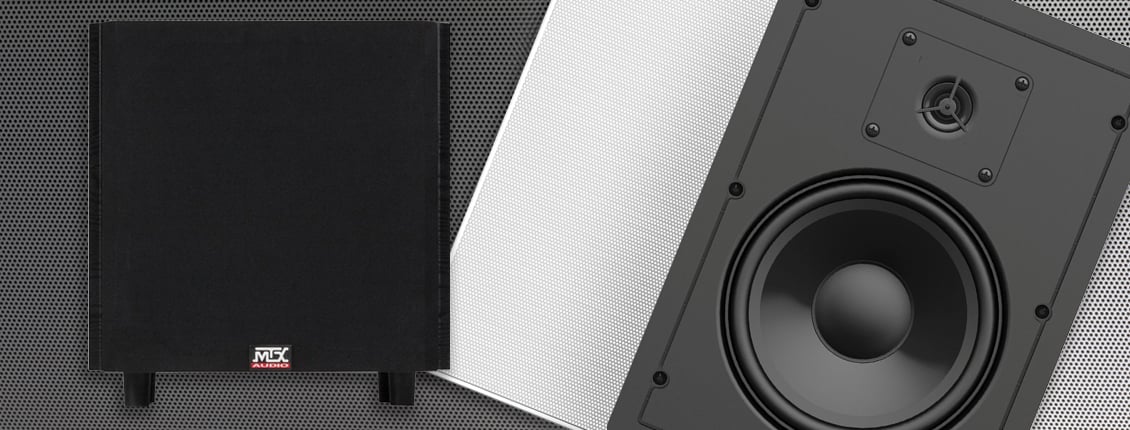
How Voice Coils Work
How much power can your speakers handle?
There’s a lot that goes into this question, but the one overriding truth is that the voice coil has a lot to do with just how much volume you can pump out. But just what is a voice coil, how does it work, and what’s the difference between different speakers’ coils?
Firstly, what is a voice coil?
Simply put, a voice coil is what makes a speaker a speaker.
The Little Magnet That Could
We’ve talked about diaphragms before here on the Petra blog. A diaphragm is the membrane that makes up the face of the speaker. But behind the diaphragm is where the magic happens. There’s a coil of wire that’s attached to the diaphragm, and a magnet runs through the center of it. When current is passed through that coil of wire, it becomes an electromagnet.
How does it work?
Any grade-school child knows that magnets repel each other, and that’s exactly how this works. The magnetized coil of wire and the central magnet repel each other according to the current that’s passed through, and the opposite when the current switches. You can see a simple voice coil being repelled here. It’s a powerful force that can generate incredibly fast acceleration, multiple times greater than even an SR-71 Blackbird spy jet. That allows it to vibrate quickly and accurately enough to reproduce sound.
It’s a similar concept to that employed by super-fast maglev trains and roller coasters: use the power of magnetic attraction and repulsion to force incredible acceleration.
Voice Coil Problems
There are downsides to this, though. One of the biggest is the amount of heat this generates—much of the energy that goes through the coil turns into heat. If there are power issues and the coil is receiving too much power for a long period of time, the coil itself can “burn” into unusability.
Now we know what a voice coil is, and how it works. But what’s the difference between different speakers’ coils?
Coil Size Matters
A smaller speaker like a 6″ speaker, often has a smaller voice coil than a larger speaker like the 8” version of the same speaker. Why does that matter? Well, the larger you make the voice coil, the more power it can handle—but at the same time, it also generates more heat. Smaller coils can be a little more resonant, but larger coils tend to have better control.
Some speakers have to have larger coils. Subwoofers like the MTX 12” 150-Watt Vented Powered Subwoofer need a larger magnetic gap, so they have bigger coils and commensurately bigger heat and power. As the gap gets bigger, so too must the magnet. A tweeter, which only produces high frequencies, can get away with a much smaller coil.
The Sound of Experience
Having a well-engineered coil helps your speaker’s power handling, sound reproduction, and long-term durability. MTX has been doing this for over 40 years—since 1971!—and all that experience has gone into making speakers that are well-engineered, solidly-built and excellent value. That expertise means something.
We can help set you up with the perfect speaker for your customers. Check out the rest of Petra.com to see the huge variety of MTX speakers we carry, from car audio to in-wall audio to home theater. See the newest products and help your customers hear the difference with Petra and MTX.
